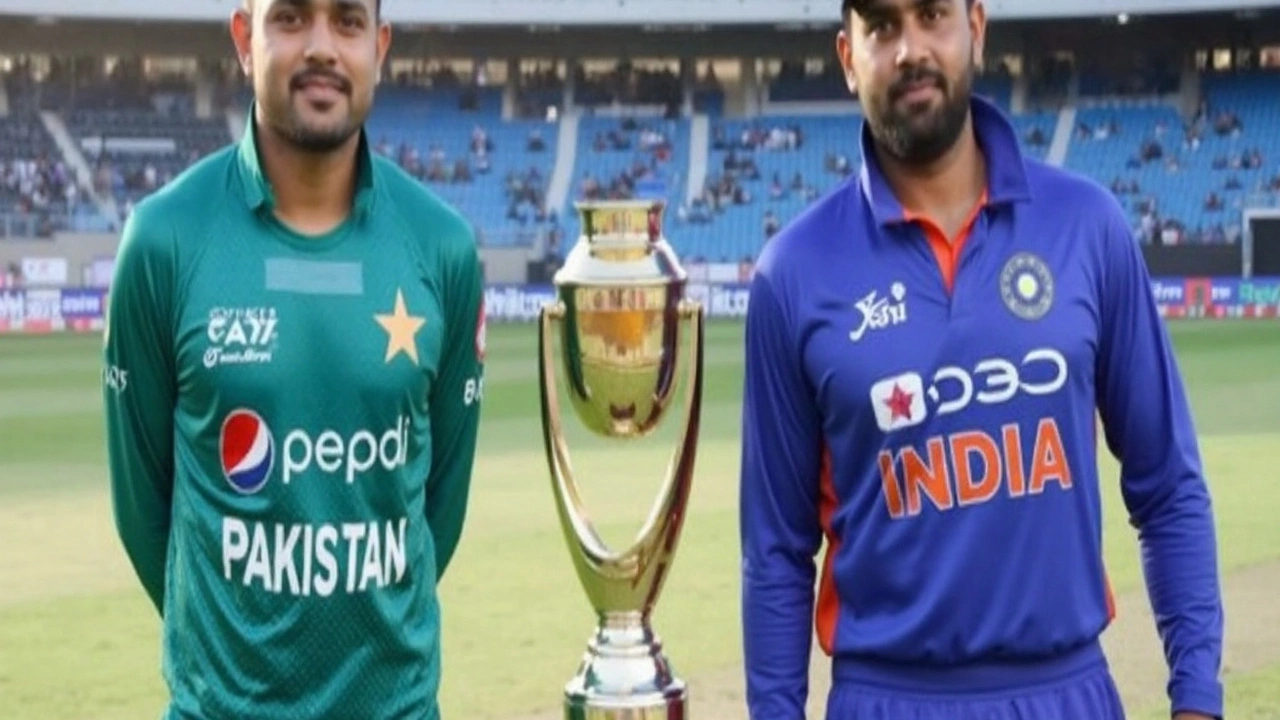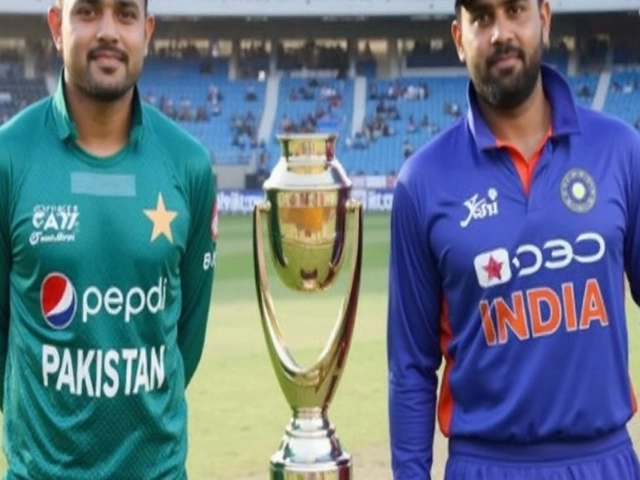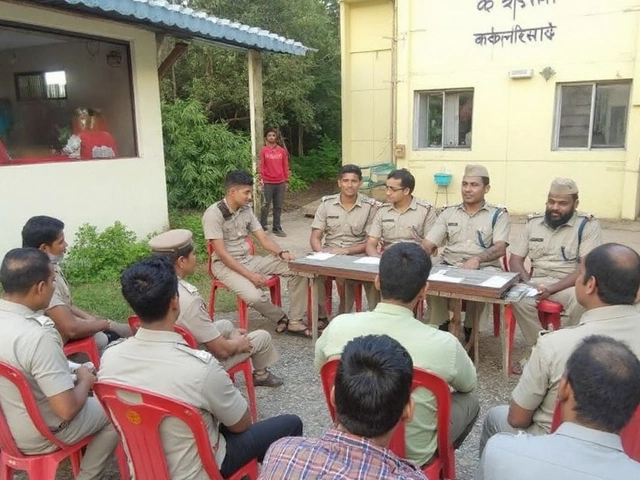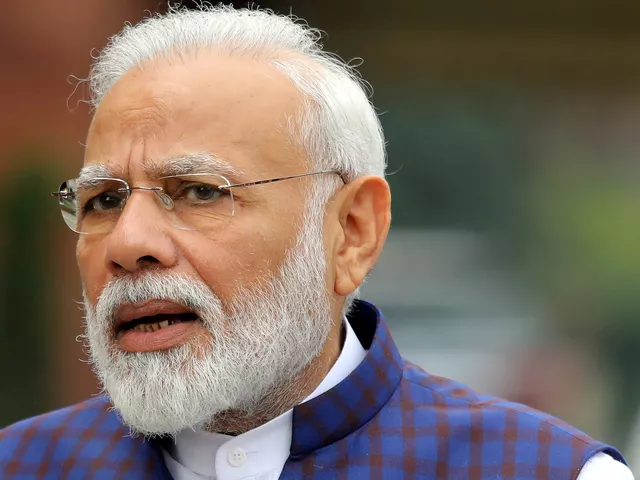By Aarav
It’s the game that freezes timelines and empties streets: India vs Pakistan at the Asia Cup 2025. The tournament runs September 9–28 in the UAE, and the marquee clash is slated for a prime evening slot in Dubai or Abu Dhabi. India arrive as defending champions and the world’s top-ranked T20 side under Suryakumar Yadav, with Shubman Gill and Jasprit Bumrah anchoring batting and pace. Pakistan, armed with a proven knack for flipping T20 scripts, won’t need a second invitation to spoil a party.
Where to watch: country-by-country TV and streaming guide
In India, Sony Sports Network has the rights. Expect coverage across Sony Sports 1 (English), Sony Sports 3 (Hindi), and regional feeds on Sony Sports 4 (Telugu/Tamil) and Sony Sports 5. Streaming is on SonyLIV with a paid subscription. If you prefer watching in your language, check your set-top guide—India’s broadcast will carry multilingual commentary for big games.
In Pakistan, PTV Sports HD is carrying the tournament free-to-air, backed by digital streams on Tamasha and Myco. If you’re watching on mobile, pre-install the app and log in before match day; demand surges in the final hour before the toss.
In the United States, Willow TV has the rights. It’s the go-to channel for most cable/satellite cricket packages and is supported by the major streaming aggregators. In Australia, Kayo Sports is your destination—its interface handles live streams, mini sessions, and multi-device viewing smoothly.
Sri Lanka viewers can tune in to Sirasa TV and TV-1. In Bangladesh, Gazi TV (GTV) carries the tournament. Across the UAE and the broader MENA region, the CricLife network is the platform to look for on satellite and IPTV bundles.
In the UK, broadcast confirmation is pending. If you’re there, keep an eye on your EPG in the days leading up to the match, as carriage announcements for ACC events often land close to the opening week.
Quick setup checklist so you don’t miss the first ball:
- Update your streaming apps (SonyLIV, Kayo, Willow, Tamasha/Myco) and sign in a day before the match.
- Enable notifications for “Match starts” and “Innings break” to catch toss and lineup news.
- On TV, verify your HD channel numbers; sports packages sometimes reshuffle during tournaments.
- If you’re watching on mobile, plug into Wi‑Fi or ensure you have at least 5–8 GB of data for a full T20 match in HD.
Timing guide without the guesswork. The Asia Cup is set in UAE prime-time, which means evening starts locally. You can convert quickly with these time offsets:
- UAE (GST) is UTC+4.
- India (IST) is GST + 1 hour 30 minutes.
- Pakistan (PKT) is GST + 1 hour.
- United Kingdom (BST, September) is GST − 3 hours.
- United States East (EDT) is GST − 8 hours.
- Australia East (AEST) is GST + 6 hours.
So if the game starts at an evening slot in the UAE, expect early-to-late evening in India, early evening in Pakistan, mid-afternoon in the UK, morning on the US East Coast, and late night in Australia’s east. The exact fixture time will be listed by your broadcaster’s program guide once the matchday is locked.
Tech tips for a smoother stream:
- Turn off battery savers on phones/tablets; they can throttle video quality.
- On smart TVs, use your 5 GHz Wi‑Fi band for more stable HD streams.
- If you experience lag at peak hours, drop quality from 1080p to 720p briefly to stabilize the stream, then switch back.
- Avoid using mobile hotspots if others are gaming or streaming at home; contention kills bitrate.
The stakes, the form, and the little edges that decide these nights
Form guides tell one story; this rivalry writes another. India have the ranking, depth, and a captain who embraces high-tempo T20 cricket. With Gill in the powerplay and Bumrah on command at the death, India’s spine is as secure as it gets for tournament play. Expect India to lean on flexible match-ups—floating batters into favorable overs and using Bumrah in short, surgical spells.
Pakistan will bank on pace and nerve. Their blueprint is familiar but effective: squeeze the middle overs, force errors with cross-seam and slower balls, then unleash pace at the death. If their top order absorbs the new ball and one batter goes deep, they become a different beast. It takes only one over—from a set hitter or a hot spell—to flip a T20.
Sri Lanka won the most recent T20 Asia Cup (2022), proof that the format punishes complacency. Afghanistan’s leg-spin and boundary-hitting can rip through a group stage. Bangladesh have learned to defend totals on dry tracks. This is an eight-team field with enough variance to keep the bracket honest.
Conditions in the UAE tilt decisions. September evenings are hot and dry, and dew can creep in late. If the outfield gets slick, captains often prefer chasing to keep bowling plans simpler. Watch the toss: in the Gulf, it shapes 20 overs more than most places.
What should viewers watch for once the broadcast starts?
- The first six overs: Does India’s new-ball batting target square boundaries early, or do they hold wickets and burst at the back end?
- Pakistan’s pace patterns: Are they hitting hard length or going full with swing—an early signal of how the surface is playing.
- Fielding energy: Big-night nerves show up in the ring—misfields can decide T20s as much as a yorker.
- Over-rate and game tempo: The side that controls breaks and resets tends to control the final five overs.
Practical broadcast notes to keep handy on match day:
- Team sheets land at the toss—tune in 30 minutes early for final XIs and last-minute injury calls.
- Studio shows carry pitch reports; if you hear “tacky,” expect cutters and cross-seam. If it’s “skiddy,” anticipate powerplay fireworks.
- On streaming platforms, the mini-highlights reels at the innings break are useful if you join late; they catch you up in five minutes.
This rivalry doesn’t need selling. It pulls in neutral viewers, trends across continents, and squeezes every broadcast pipe in the building. Whether you’re on Sony Sports in India, PTV Sports HD in Pakistan, Willow in the US, Kayo in Australia, GTV in Bangladesh, or Sirasa/TV-1 in Sri Lanka—and CricLife in the UAE and MENA—the setup is in place. UK carriage will be announced closer to the match window. Clear your evening, charge your devices, and keep your remote within reach—the Asia Cup’s biggest night is built for prime time.






Post A Comment